OVERVIEW of Glycerol(OD)₃ | CAS 7325-16-8
Glycerol(OD)₃ (CAS 7325-16-8) is a fully deuterium-exchanged isotopic analog of glycerol, where each hydroxyl hydrogen atom is replaced with deuterium (–OD). This compound serves as a stable isotope-labeled reagent primarily used in NMR spectroscopy, mass spectrometry, and kinetic isotope effect studies. Because only the hydroxyl hydrogens are replaced, the compound retains identical structural and physicochemical characteristics to native glycerol while exhibiting distinct isotopic properties ideal for advanced analytical and mechanistic research.
CHEMICAL INFORMATION
-
Name: Glycerol(OD)₃
-
Molecular Formula: C₃H₅D₃O₃
-
Molecular Weight: 95.11 g/mol
-
CAS Number: 7325-16-8
-
Isotopic Labeling: Deuteration at all hydroxyl positions (OD substitution)
-
Chemical Class: Deuterated polyol; stable isotope-labeled compound
-
Stability: Stable under ambient conditions; sensitive to strong oxidizers
APPLICATIONS of Glycerol(OD)₃ | CAS 7325-16-8
-
NMR Spectroscopy (²H and ¹H NMR):
Used as a solvent standard or reference compound in deuterium NMR to study hydrogen–deuterium exchange and proton relaxation mechanisms. -
Mass Spectrometry (MS):
Functions as a stable isotope internal standard for accurate quantification of glycerol and related metabolites in biological and biochemical samples. -
Kinetic Isotope Effect Studies:
Employed in reaction mechanism investigations to elucidate proton transfer, hydrogen bonding, and catalytic pathways in organic and enzymatic systems. -
Biochemical Research:
Utilized to trace glycerol metabolism and evaluate isotope effects in lipid biosynthesis and glycolytic pathways. -
Solvent and Calibration Standard:
Acts as a non-volatile calibration reagent and chemical shift reference in isotopic and spectroscopic calibrations.
ADVANTAGES of Glycerol(OD)₃ | CAS 7325-16-8
-
Precise hydroxyl-site deuteration allows detailed study of hydrogen exchange and reactivity.
-
Maintains identical physicochemical behavior to native glycerol.
-
Provides enhanced resolution in NMR due to reduced proton interference.
-
Non-radioactive, stable, and easy to handle.
-
High isotopic purity suitable for analytical and kinetic research.
HANDLING, STORAGE & SAFETY
-
Handling: Use standard laboratory precautions; avoid prolonged exposure to air or light to minimize isotopic exchange.
-
Storage: Store at 2–8 °C in airtight containers to prevent hydrogen back-exchange.
-
Safety: Low toxicity; may cause mild skin or eye irritation upon contact.
-
Disposal: Dispose of waste according to institutional chemical disposal protocols.
QUALITY & SPECIFICATION
-
Chemical Purity: ≥ 98 %
-
Isotopic Enrichment: ≥ 98 atom % D (hydroxyl deuteration)
-
Physical State: Viscous liquid
-
Analytical Verification: Confirmed by ¹H NMR, ²H NMR, and IR spectroscopy
-
Certificate of Analysis (CoA): Provided with each batch for verification of isotopic and chemical purity
SUMMARY
Glycerol(OD)₃ (CAS 7325-16-8) is a hydroxyl-deuterated isotopologue of glycerol, offering enhanced analytical precision for NMR, MS, and kinetic isotope studies. Its selective OD substitution enables accurate investigations of hydrogen bonding, exchange dynamics, and metabolic pathways without altering the compound’s chemical behavior. With excellent stability, purity, and compatibility with diverse analytical systems, Glycerol(OD)₃ is an indispensable reagent in biochemical, physical, and isotope chemistry research.
Learn more about,
Deuterated Polymers: A Cornerstone Guide to Synthesis, Applications, and Future Trends
Availability of All the Deuterated Chemicals at ResolveMass Laboratories Inc.
ResolveMass Laboratories: Leading Deuterated Chemical Synthesis Company in the United States.
Deuterated Internal Standards for LC-MS: Selection & Custom Synthesis
How to Choose the Right Deuterated Labelled Chemical Synthesis Company in Canada
How to Choose the Right Deuterium Labelled Compounds Supplier for Your Lab
Deuterium-Labelled Compounds — Synthesis, Applications & Ordering
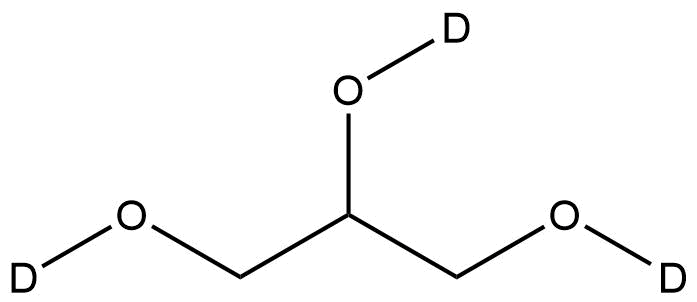
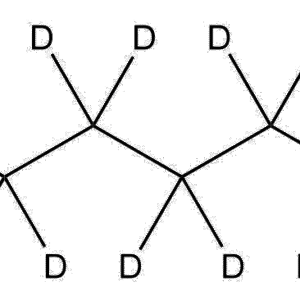
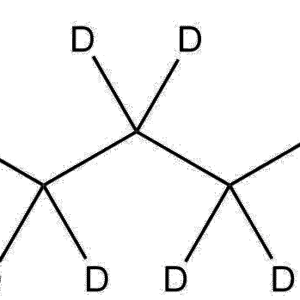
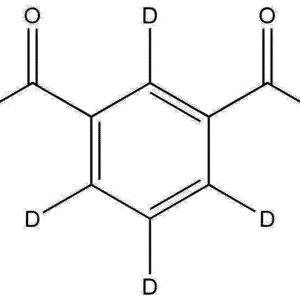
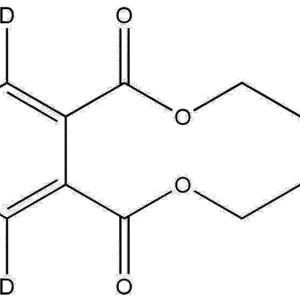
Reviews
There are no reviews yet.